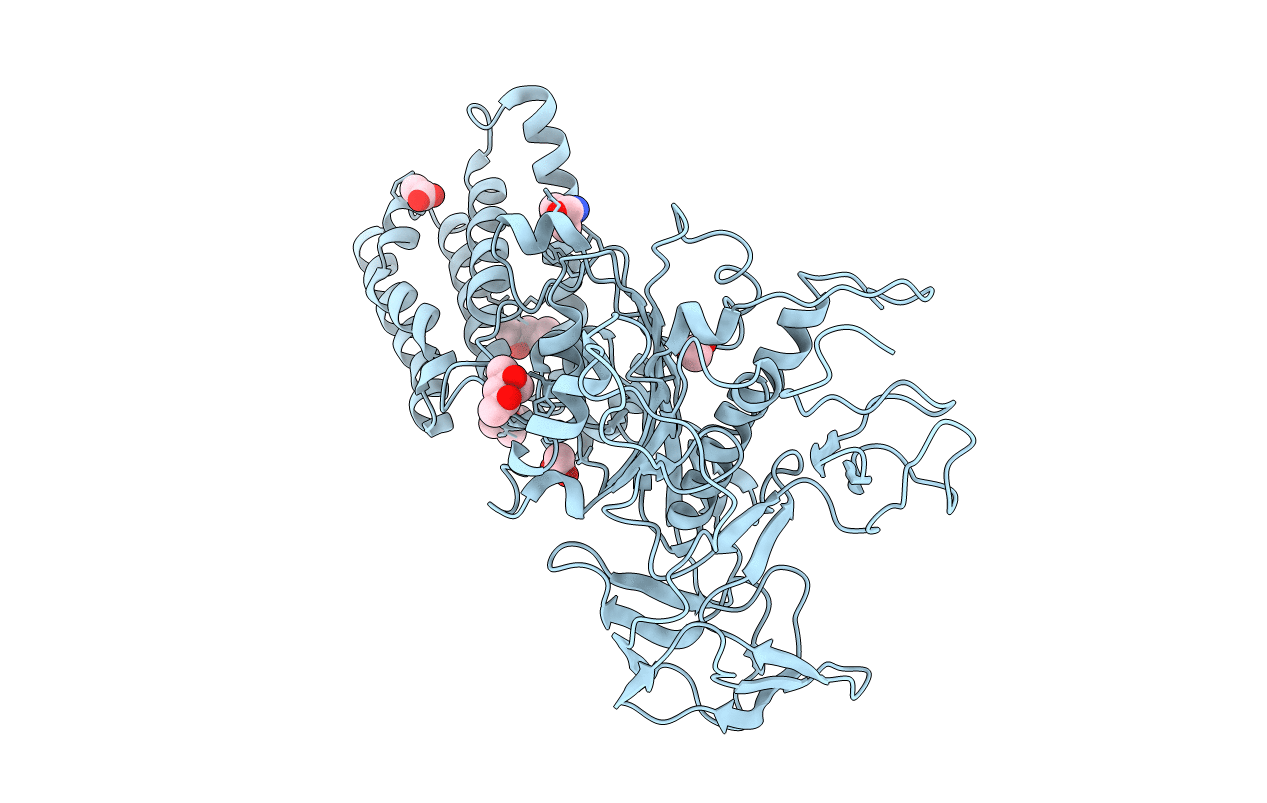
Deposition Date
2011-01-31
Release Date
2011-10-05
Last Version Date
2023-11-01
Entry Detail
PDB ID:
3QJY
Keywords:
Title:
Crystal structure of P-loop G234A mutant of subunit A of the A1AO ATP synthase
Biological Source:
Source Organism:
Pyrococcus horikoshii (Taxon ID: 70601)
Host Organism:
Method Details:
Experimental Method:
Resolution:
2.35 Å
R-Value Free:
0.26
R-Value Work:
0.23
R-Value Observed:
0.23
Space Group:
P 43 21 2


